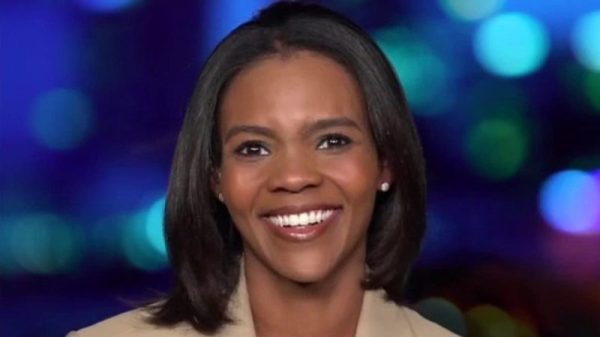Although inflation remains high,disinflation continued in April. The Bureau of Labor Statistics reported the Consumer Price Index (CPI) increased 0.3 percent last month, for a year-over-year change of 3.4 percent. The Core CPI, which excludes volatile food and energy prices, also rose 0.3 percent on the month and 3.6 percent year-over-year.
On a continuously compounded annualized basis, consumer price inflation fell for the second straight month. Headline CPI inflation was 5.3 percent in February and 3.7 percent in April. Core CPI inflation, which held steady from February to March, declined from 4.3 to 3.5 percent. We are still a ways away from the Federal Reserve’s 2-percent goal. But at least we’re heading in the right direction again.
Importantly, there were major relative-price components to April’s headline CPI. Shelter and gasoline alone accounted for 70 percent of the overall index’s increase. This suggests microeconomic trends (supply and demand for particular goods and services) outweighed macroeconomic trends (the supply and demand for money) in determining recent price level growth.
What do the newest inflation numbers suggest about the stance of Fed policy? We need to see what’s happening with interest rates and the money supply. Only after examining this data in light of recent inflation can we ascertain whether monetary policy is loose or tight.
The current range for the fed funds rate, which is the Fed’s primary policy rate, is 5.25 to 5.50 percent. Assuming April’s inflation is a reasonable estimate of nearterm price hikes, we can use the implied annual rate of 3.6 percent to adjust the fed funds rate for inflation. Doing so yields a real (constant-dollar) interest rate range of 1.65 to 1.90 percent.
We need to compare this to the natural rate of interest. Although we cannot observe it directly, economic theory gives us strong reasons to suppose there is a hypothetical inflation-adjusted interest rate that brings supply and demand in short-term capital markets into balance. The New York Fed estimates the natural rate is between 0.73 and 1.12 percent in 2023:Q4. The range for market rates significantly exceeds the range for the natural rate. This suggests capital is more expensive than indicated by economic fundamentals, implying monetary policy is restrictive.
We should be careful. These estimates of the natural rate of interest rely on assumptions about the economy, reflected in various economic models’ structural parameters, which might not match reality. It’s possible our natural rate estimates are off, perhaps even significantly off. But without a better (meaning more plausible) model, this is the best information we have for making inferences about policy.
Now we turn to the money supply. M2, the most commonly cited aggregate, was shrinking from late 2022 until a couple months ago. Now it’s growing again. M2 is currently rising at 0.83 percent per year. However, an increasing money supply does not necessarily mean loose money. That’s only true if the money supply is growing faster than money demand. We usually assume, at minimum, that money demand grows as fast as overall economic activity, measured by real GDP. In the first quarter of 2024, the US economy expanded at a rate of 1.6 percent per year. That’s hardly an impressive growth rate, but it’s significantly faster than money supply growth. Money looks somewhat tight, albeit not as tight as in recent months.
Broader monetary aggregates, which might give us a more accurate picture because their components are weighted by the liquidity services they provide, tell a similar story. Divisia money data show money supply growth ranging from 0.28 percent to 1.34 percent annually. As with M2, the Divisia aggregates are increasing faster than in previous months, but it would be difficult to conclude monetary policy is loose.
The Federal Open Market Committee, which decides the Fed’s interest rate policy, next meets June 11-12. They’ll likely stay the course. It’s too early to cut rates, and there appears to be little need to raise them. Unless the next release of the Personal Consumption Expenditures Price Index (PCEPI) at the end of May radically diverges from the CPI, expect Jerome Powell and his colleagues to maintain current policy.




































